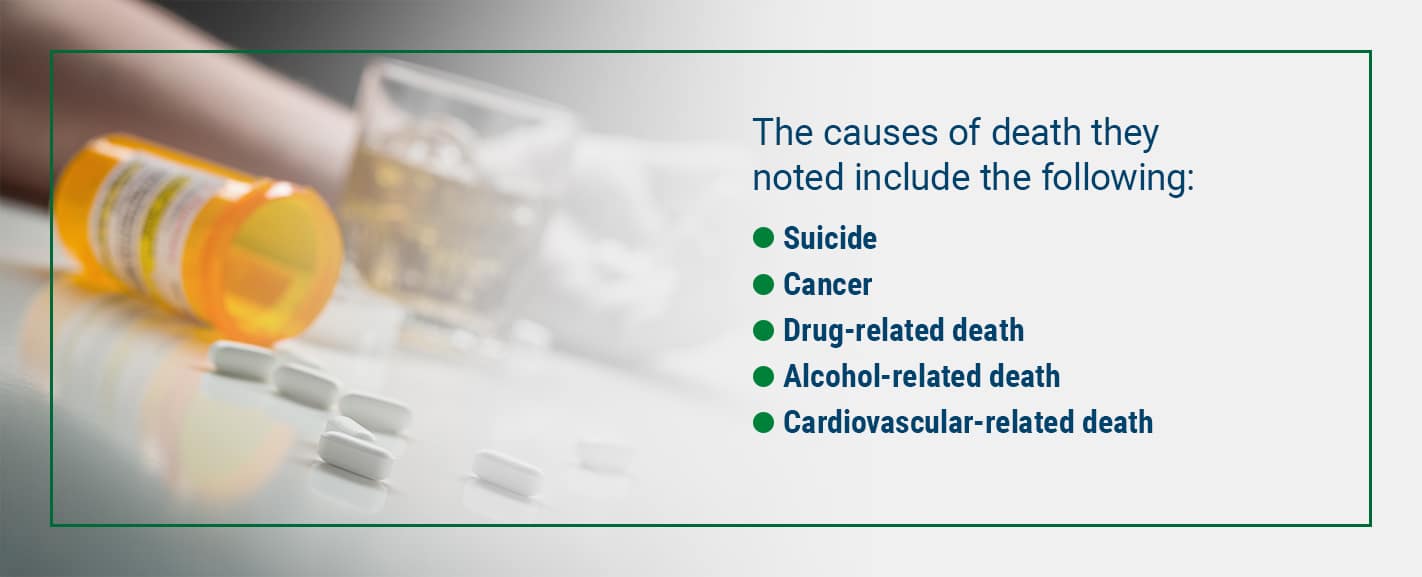Opioid agonist therapy and opioid antagonist therapy are two different options of treatment that can support people who are recovering from opioid use disorder and reduce the mortality rate of patients seeking recovery. Agonist drugs activate certain receptors in the brain.
Full agonist drugs such as heroin, oxycodone, hydrocodone, opium, morphine and other drugs activate opioid receptors to cause a euphoric opioid effect, often leading to opioid addiction. Antagonist drugs like naltrexone fully block the opioid effects. The other drugs (methadone and buprenorphine) are considered agonist which still activate opioid receptors but to a lesser degree.
Methadone and buprenorphine are approved by the Food and Drug Administration (FDA) and are used in opioid agonist treatment, which has been linked to a lower rate of mortality. When used as part of a comprehensive treatment program, they have been effective in reducing opioid use and related deaths. These medications can prevent severe withdrawal symptoms and significantly reduce the risk of overdose-related deaths, plus other related deaths.
These drugs have not been widely available to individuals, but researchers believe making these drugs more available to people with opioid addictions will significantly lower the number of deaths caused by opioid use disorders.

Can Opioid Agonist Treatment Be Linked to a Lower Rate of Mortality?
Studies show that opioid agonist treatment can significantly lower the risk of all-cause, cancer, suicide, overdose, alcohol-related and cardiovascular-related mortalities in individuals with an opioid use disorder. The medications methadone, buprenorphine and naltrexone can reduce opioid cravings, regulate brain chemistry and prevent withdrawal symptoms.
Research conducted over five decades has consistently shown that opioid agonist treatment reduces injection drug use, opioid use, the risk of death by fatal overdose and the risk of HIV and Hepatitis C transmission. A consensus from the National Academy of Sciences in 2019 stated, “agonist medication used for an indefinite period of time is the safest option for treating [opioid use disorder].”
Methadone is a synthetic opioid agonist that relieves drug cravings and prevents withdrawal symptoms by activating opioid receptors at a slower rate than other opioids — and without the euphoric effects other opioids cause in an opioid-dependent person. Similarly, buprenorphine is a partial opioid agonist that activates opioid receptors with less strength than other opioids. Naltrexone works a little differently because it fully blocks activation of opioid receptors and prevents any rewarding effects. These medications work differently to treat opioid use disorder, but they have all proven to be effective in reducing mortality rates in individuals struggling with opioid addiction.

What the Study Shows
A team from the National Drug and Alcohol Research Center conducted a study in 2020 and found a connection between opioid agonist treatment and a lower rate of mortality. The team studied 3,852 participants in 15 randomized clinical trials that focused on opioid agonist treatment using methadone and buprenorphine, and they found similar results between the two medications.The team examined crude mortality rates of patients during opioid agonist treatment and after treatment. During these clinical trials, 45 deaths were reported, but 7 of the 15 randomized clinical trials reported zero deaths. Overall, the study found that opioid agonist treatment presents a 50% lower risk of all-cause mortality, drug-related deaths and suicide.
The team noted a significant difference in mortality rates in individuals between the beginning and remainder of methadone treatment. They found that rates of all-cause mortality and drug-related poisoning during the remainder of methadone treatment were almost half the rates they were in the first four weeks of methadone treatment.
They also found that all-cause mortality was six times higher during the four weeks after methadone treatment ended. During the study, researchers concluded that the risks of various causes of death were lower during opioid agonist treatment. The causes of death they noted include the following:
- Suicide: The risk of suicide was 48% lower during treatment.
- Cancer: The risk of cancer was 72% lower during treatment.
- Drug-related death: The risk of drug-related death was 41% lower during treatment.
- Alcohol-related death: The risk of alcohol-related death was 59% lower during treatment.
- Cardiovascular-related death: The risk of cardiovascular-related death was 69% lower during treatment.
In addition to finding that opioid agonist treatment can lower the risk of mortality during treatment, researchers also observed that there has been limited access to agonist medications. This is because federal and state laws strictly regulate the treatment, and individuals have had limited insurance coverage for substance use disorders in the past. The American Society of Addiction Medicine published letters asking policy-makers to improve access to agonist medications due to how effective they are in treating opioid addiction.The Affordable Care Act increased coverage for substance use disorders and made it easier for individuals to access opioid agonist medications through treatment, but access to these medications is still limited today. Researchers at the National Drug and Alcohol Research Center noted that these medications may be critical to reducing mortality rates in individuals struggling with an opioid use disorder.
A study conducted in Baltimore between 1995 and 2009 found a connection between an approximate 50% decrease in heroin-overdose deaths and the increased availability of methadone and buprenorphine. Additionally, a study conducted in 2017 found that approximately 50% of individuals who received the antagonist drug naltrexone over an extended period remained abstinent from opioid use.
A study supported by the National Institute on Drug Abuse analyzed state death records and treatment data of patients in Maryland who struggled with opioid use disorder. The research team that conducted this study analyzed treatment data for 48,274 individuals between 2015 and 2016 and found that the overdose death was five times lower for patients who received opioid agonist medications than those who only received other types of therapy. The team also found that the risk of overdose death after treatment decreased for individuals who remained in treatment longer.
What Should Those Who Are Struggling With Opioid Dependencies Do?
Individuals who are struggling with opioid dependencies should seek help and look for treatment options in their area. If you or a loved one is struggling with a substance use disorder, reach out for help and find the assistance you need. Opioids include illegal drugs such as heroin as well as prescribed pain medications. Opioid addiction occurs when an individual is unable to abstain from using opioids. People struggling with an opioid addiction will typically exhibit the following signs:
- Problems controlling their opioid use
- Uncontrollable cravings
- Isolation from family and friends
- New financial difficulties
- Stealing from businesses, family or friends
- Drowsiness
- Weight loss
- Changes in sleep patterns
- Lack of hygiene
- Changes in exercise habits
- Frequent flu-like symptoms
- Decreased libido
Opioid use disorders can be treated, and recovery is possible. The first step toward recovery is to seek treatment options. Treatment plans may differ for individuals based on their unique circumstances, but recovery plans that include opioid treatment medications can increase the chance of a successful recovery. Opioid antagonist medications can support the recovery process by helping individuals experience fewer cravings, preventing withdrawal symptoms and regulating brain chemistry.

Learn More About Opioid Use Disorder
Opioid use disorder is dangerous and potentially life-threatening, but opioid agonist or antagonist treatment can help reduce the risk of death during withdrawal. Medications such as methadone, buprenorphine and naltrexone can prevent severe withdrawal symptoms, regulate brain chemistry and reduce cravings in individuals struggling with an opioid use disorder. To learn more about opioid use disorder and other related conditions, visit our blog to view more resources.



